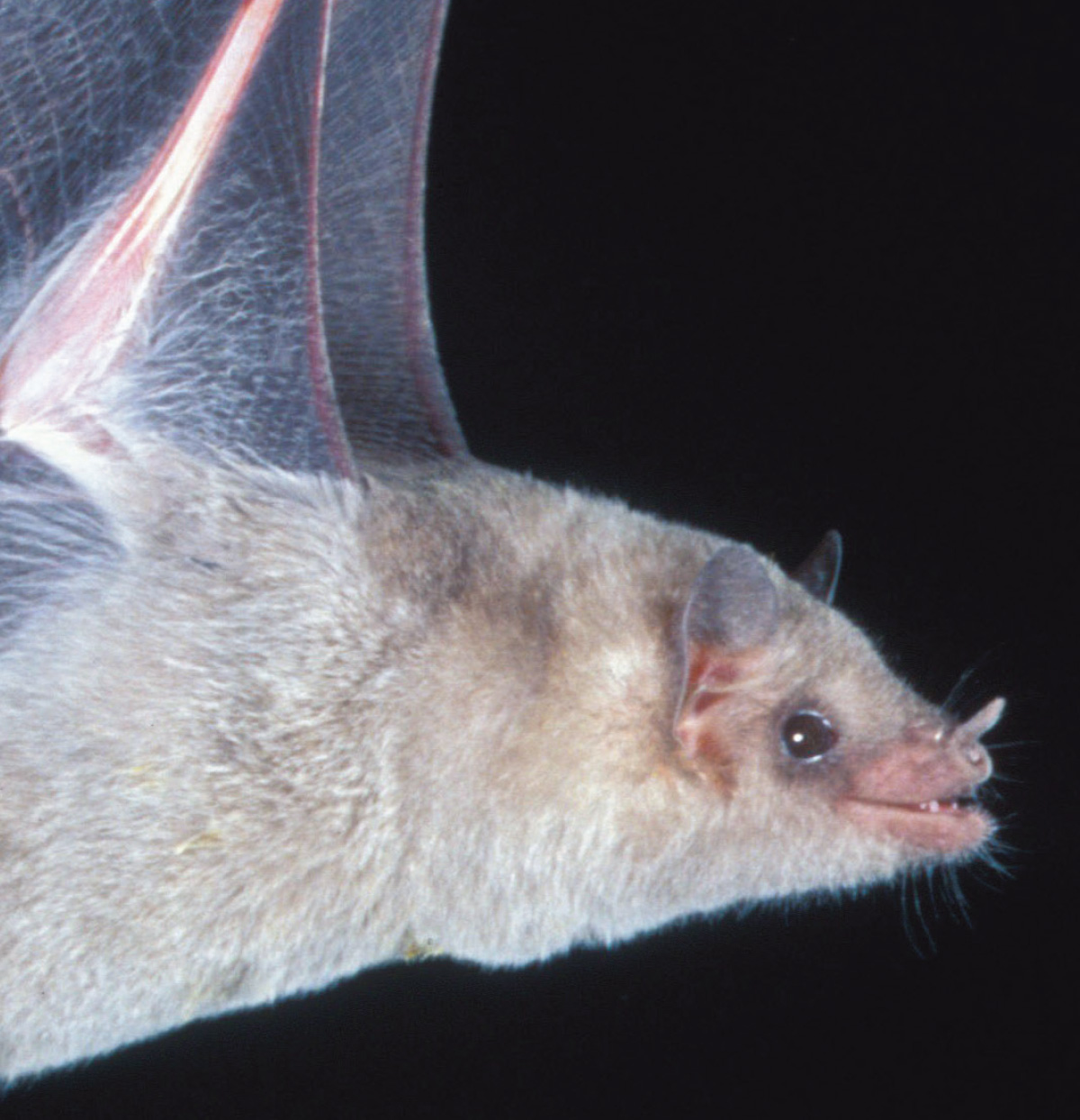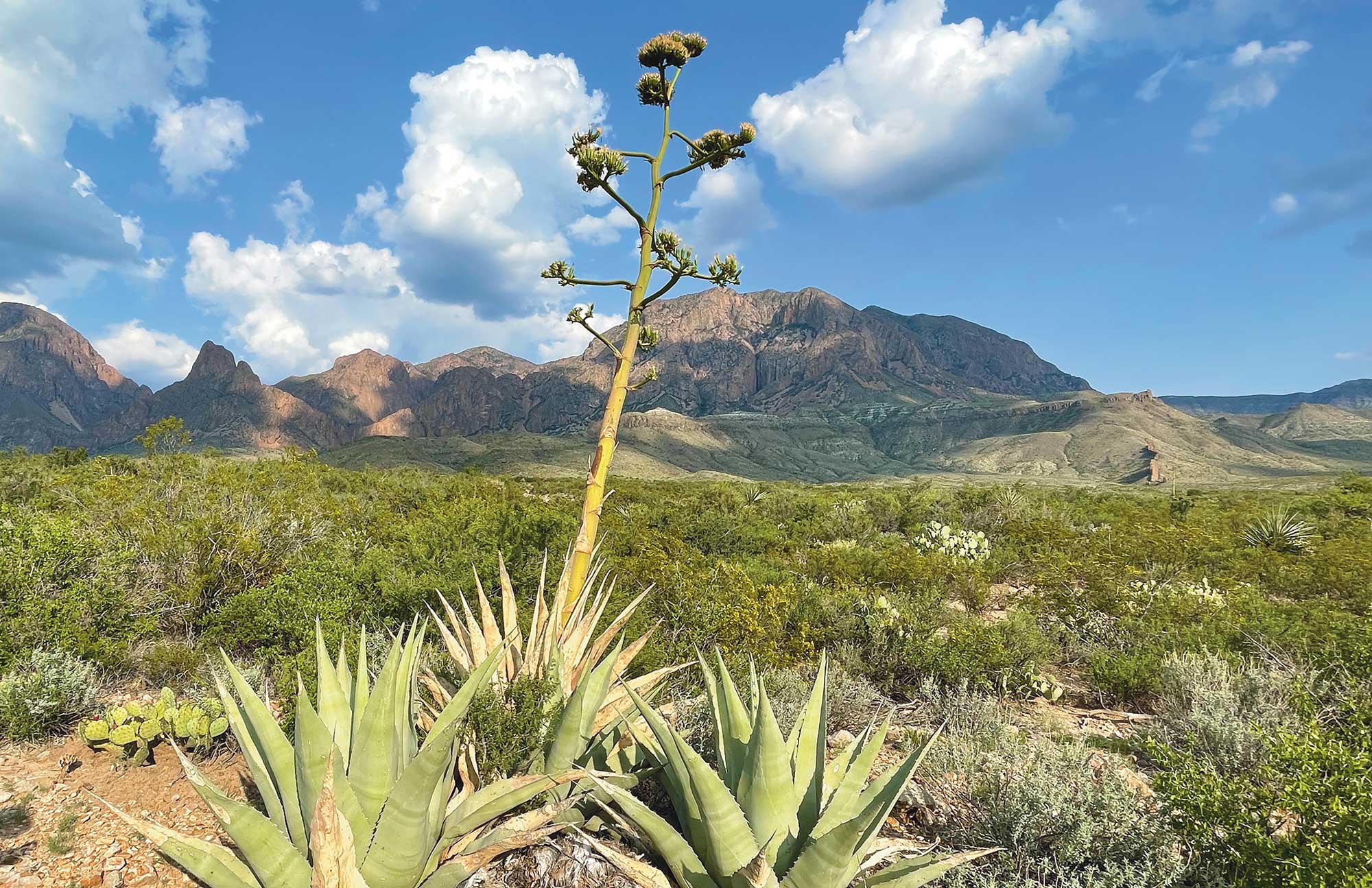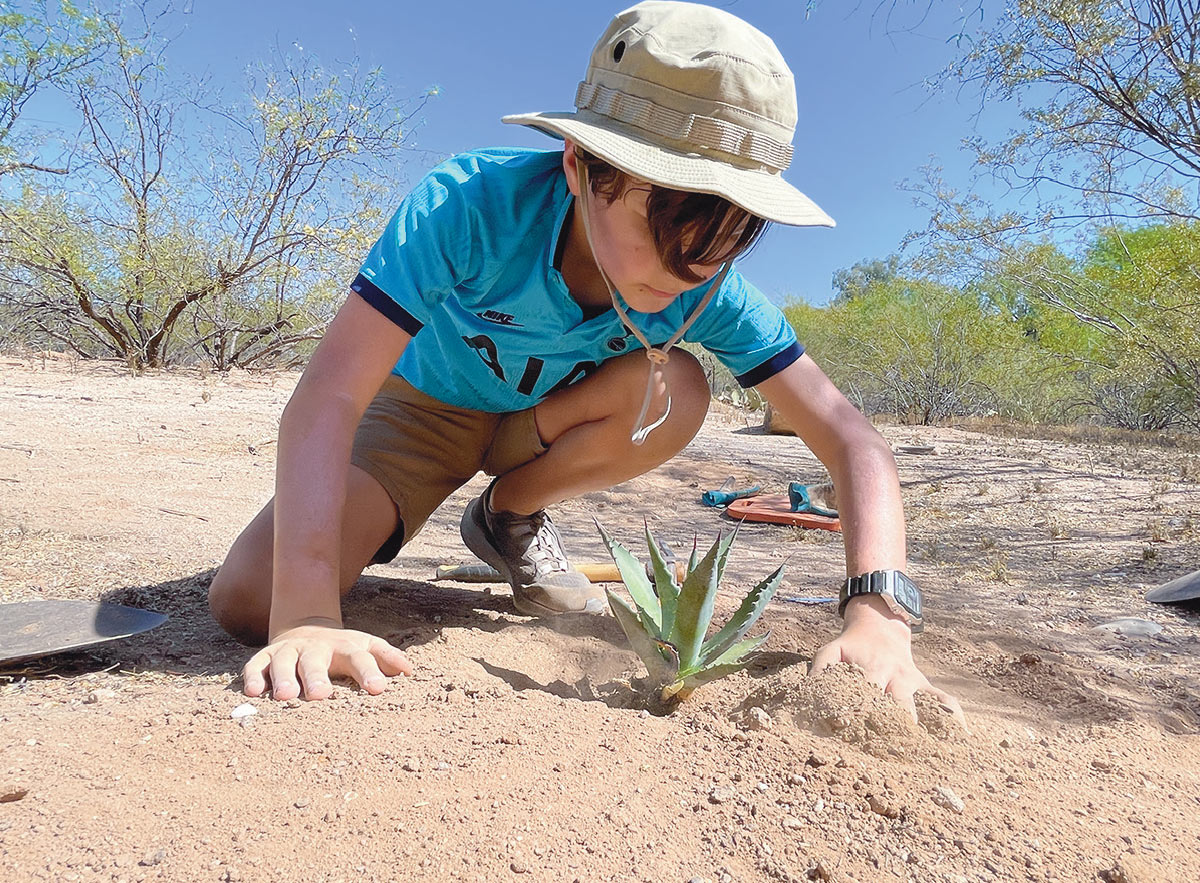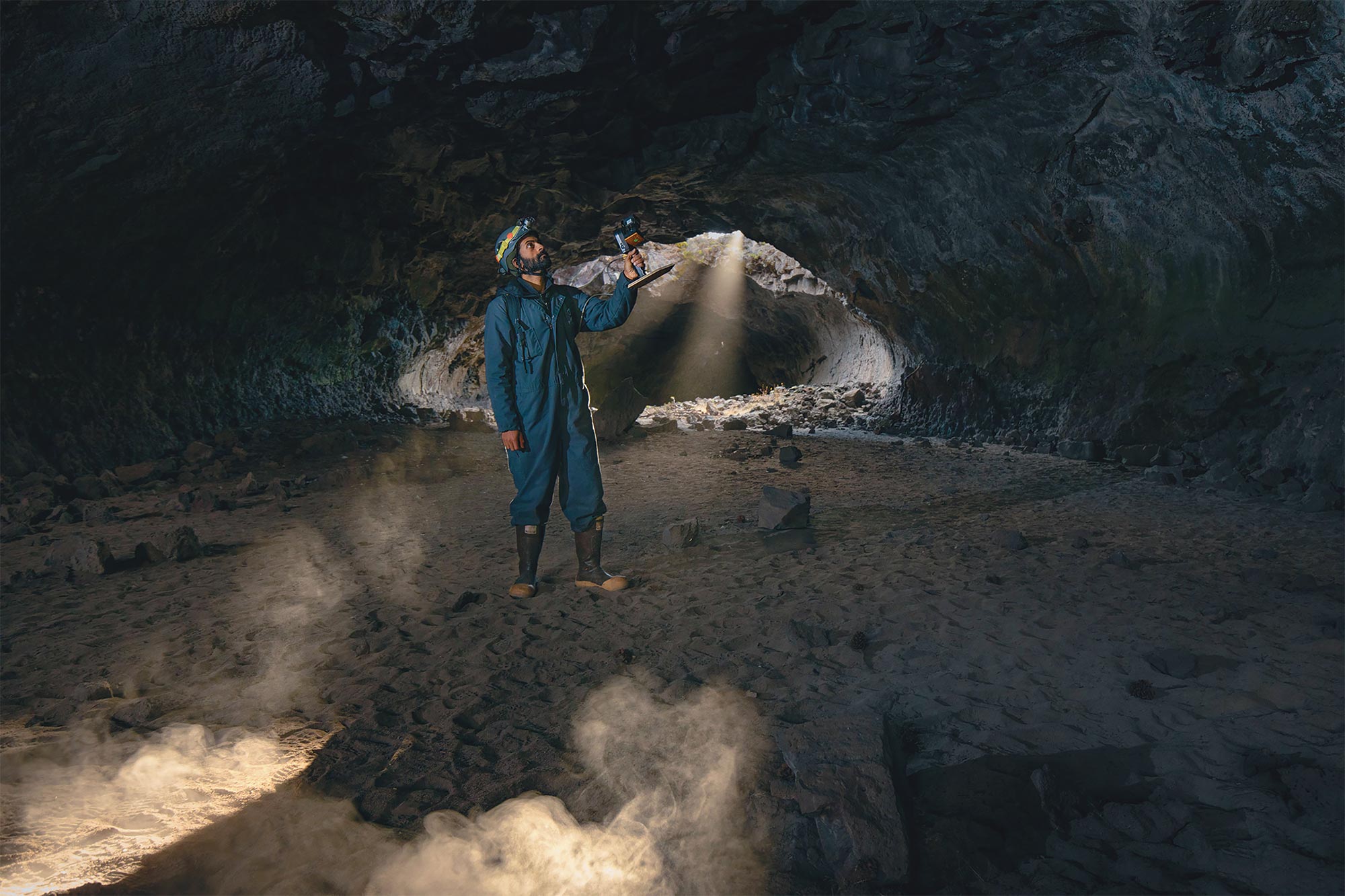Mission 2

(Leptonycteris nivalis)
Photo by J. Scott Altenbach

Agave Corridor Restoration: Saving the Last Remaining Mexican Long-nosed Bats
Photo by Dr. Kristen Lear
Mission 2

Photo by Dr. Kristen Lear
Agave Corridor Restoration: Saving the Last Remaining Mexican Long-nosed Bats


(Leptonycteris nivalis)
Photo by J. Scott Altenbach
Photo by Dr. Kristen Lear
Racing Against Time
BCI continues five years of agave restoration work with an increasing number of partners, including private landowners and Mexican ejido communities, conservation NGOs, federal and state agencies, universities, industry, and agave spirits producers. But we’re racing against time.
agaves were planted as a result of restoration activities in seven U.S. states and Mexico

Photo by Dr. Kristen Lear
Racing Against Time
BCI continues five years of agave restoration work with an increasing number of partners, including private landowners and Mexican ejido communities, conservation NGOs, federal and state agencies, universities, industry, and agave spirits producers. But we’re racing against time.
agaves were planted as a result of restoration activities in seven U.S. states and Mexico

Photo by Dr. Kristen Lear

Photo by Dr. Kristen Lear
Shaping Water Restoration
Water restoration projects during increasing drought conditions are essential to maintaining bat populations. Anticipating the need to ensure water-resilient habitats, a well-respected team of BCI specialists assesses habitat conditions; develops practical plans; and builds climate-resilient water features.
Springs near Canyonlands National Park in Southern Utah
Jaguar Pond in Southern Arizona
Hassayampa Springs in Central Arizona
Photo by Montana Horchler

Photo by Montana Horchler
Shaping Water Restoration
Water restoration projects during increasing drought conditions are essential to maintaining bat populations. Anticipating the need to ensure water-resilient habitats, a well-respected team of BCI specialists assesses habitat conditions; develops practical plans; and builds climate-resilient water features.
Springs near Canyonlands National Park in Southern Utah
Jaguar Pond in Southern Arizona
Hassayampa Springs in Central Arizona

Photo by Josh Hydeman

(Corynorhinus townsendii)
Michael Durham / Minden Pictures
Photo by Josh Hydeman
Into the Dark Unknown
Surveying Abandoned Mines
Surveying abandoned mines is work that requires highly specialized skills. Patel and his colleagues on the BCI subterranean team don’t often know the conditions of the underground places they survey until they crawl in—nor what they will find.
BCI’s goal in surveying abandoned mines is to identify and protect bat roosting habitats. It is a goal that fits well with mandates by federal agencies to close thousands of abandoned mines for public safety reasons. BCI’s subterranean experts provide the necessary documentation to close a mine permanently or recommend solutions where there is evidence of bats or other wildlife. In many cases, a locked gate across the mine entrance allows bats to enter and exit while safeguarding the public.
Increasingly, federal and state land managers—the Bureau of Land Management, the National Park Service, the Department of Energy, the Department of Defense, the U.S. Fish and Wildlife Service, the U.S. Forest Service, and several state agencies—partner with BCI to provide surface and subsurface assessments of caves and abandoned mines.
Biological assessments of abandoned mine features
Biological assessments of defense-related uranium mines
Identified roosts for permanent protection
of federal and state partnerships
Added Value:
Cultural Resource Assessment

Into the Dark Unknown
Surveying Abandoned Mines
Surveying abandoned mines is work that requires highly specialized skills. Patel and his colleagues on the BCI subterranean team don’t often know the conditions of the underground places they survey until they crawl in—nor what they will find.
BCI’s goal in surveying abandoned mines is to identify and protect bat roosting habitats. It is a goal that fits well with mandates by federal agencies to close thousands of abandoned mines for public safety reasons. BCI’s subterranean experts provide the necessary documentation to close a mine permanently or recommend solutions where there is evidence of bats or other wildlife. In many cases, a locked gate across the mine entrance allows bats to enter and exit while safeguarding the public.
Increasingly, federal and state land managers—the Bureau of Land Management, the National Park Service, the Department of Energy, the Department of Defense, the U.S. Fish and Wildlife Service, the U.S. Forest Service, and several state agencies—partner with BCI to provide surface and subsurface assessments of caves and abandoned mines.
Biological assessments of abandoned mine features
Biological assessments of defense-related uranium mines
Identified roosts for permanent protection
of federal and state partnerships
Added Value: Cultural Resource Assessment

Photo by Josh Hydeman

(Corynorhinus townsendii)
Michael Durham / Minden Pictures